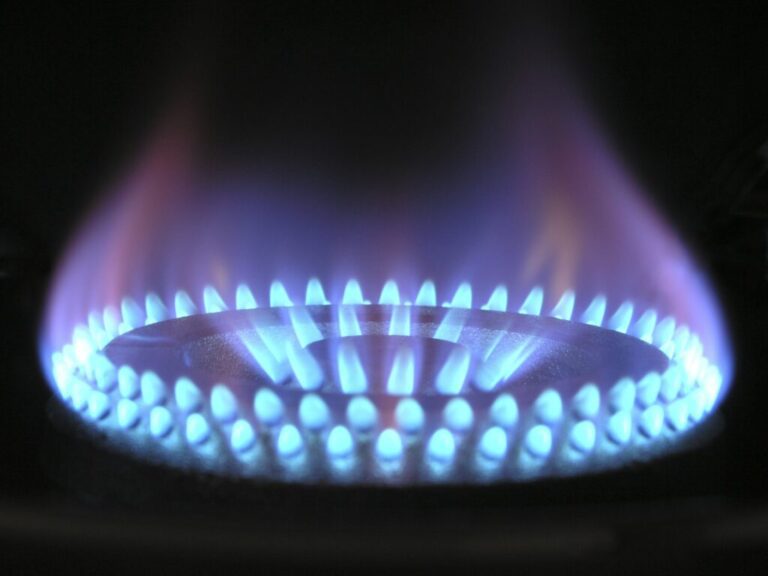The Carbon Footprint of Gas Stoves: What You Should Know
When I first learned about carbon footprints, my thoughts immediately jumped to gas-guzzling cars and coal-fired power plants. It never occurred to me that my gas stove — the one I’d been using for years to boil pasta and fry eggs — might also be contributing to greenhouse gas emissions. But as I began looking into the science behind home appliances and their environmental impact, I realized gas stoves play a bigger role than many of us assume.
Let’s start with what’s actually fueling these stoves. Most gas stoves in homes today run on natural gas, which is primarily composed of methane (CH₄). While natural gas is often marketed as a “cleaner” fossil fuel — and it’s true that burning methane produces less carbon dioxide than burning coal or oil — there’s a catch: methane is a powerful greenhouse gas, more than 80 times more potent than CO₂ over a 20-year period. That means even small leaks in the gas supply chain — from drilling to delivery to your kitchen — can significantly contribute to climate change.
One study I came across, published in Environmental Science & Technology in 2022, measured methane emissions from gas stoves in real homes. What surprised me was that these stoves were leaking methane even when turned off. According to the study, the total emissions from U.S. household gas stoves have the same climate-warming impact as the annual carbon dioxide emissions from about 500,000 cars. That’s a shocking figure for something so ordinary and overlooked.
Of course, the carbon footprint of a gas stove doesn’t come solely from methane leaks. When we turn the burner on, combustion occurs, releasing carbon dioxide directly into the kitchen — along with other pollutants like nitrogen dioxide (NO₂), carbon monoxide (CO), and small particulates. While these gases are more often discussed in the context of health risks (and rightly so), they also add to the carbon tally of each home-cooked meal.

Now, this doesn’t mean everyone needs to toss out their gas stove tomorrow. But understanding the environmental impact helps us make more informed choices. For instance, I’ve started using an electric kettle for boiling water — it’s faster and more energy-efficient. I’ve also begun exploring induction cooktops, which use electricity and magnetic fields to heat pots and pans directly. They’re surprisingly precise, safe, and increasingly affordable.
Switching from gas to electric cooking doesn’t just help the environment — it also makes it easier to transition homes to run entirely on clean energy sources like solar or wind. A fully electric home has the potential to be powered by renewable energy, while a home with a gas stove is forever tied to fossil fuels.
There’s also growing support at the policy level. Some cities and states are considering or implementing bans on gas stoves in new buildings. It’s a controversial move, with heated debates (pun intended) around cost, freedom of choice, and infrastructure. But from a climate science perspective, the logic is clear: reducing dependence on methane wherever possible is crucial to meeting emissions targets.
Personally, I never thought much about my stove — it was just a part of the kitchen, like the fridge or the sink. But now, every time I strike that familiar blue flame, I think a little differently. I see it not just as heat, but as part of a much larger equation — one that includes the air I breathe, the climate I live in, and the future I want to help shape.
So next time you cook a meal, pause for a moment. Ask yourself: what’s powering your stove — and what might it be costing the planet?






